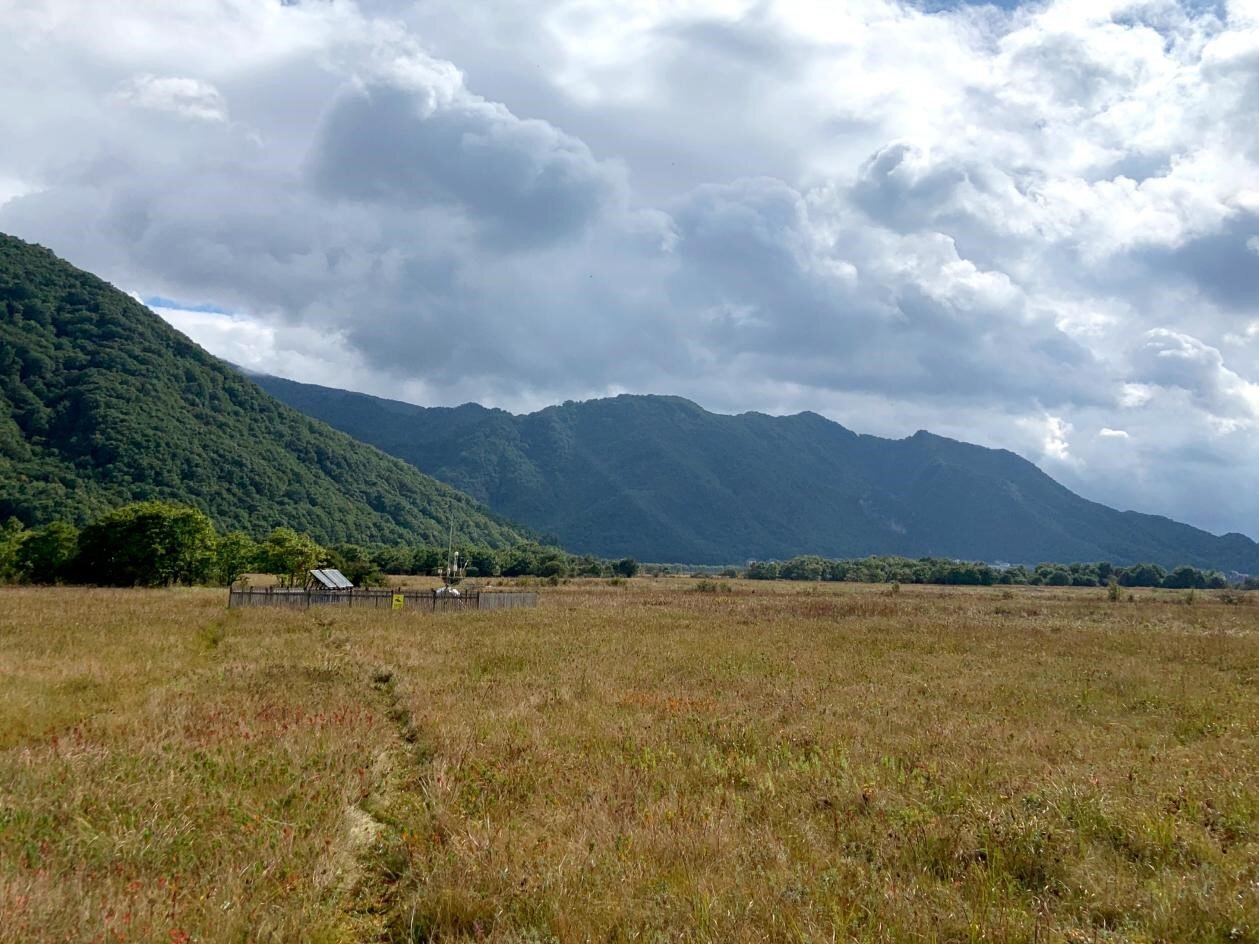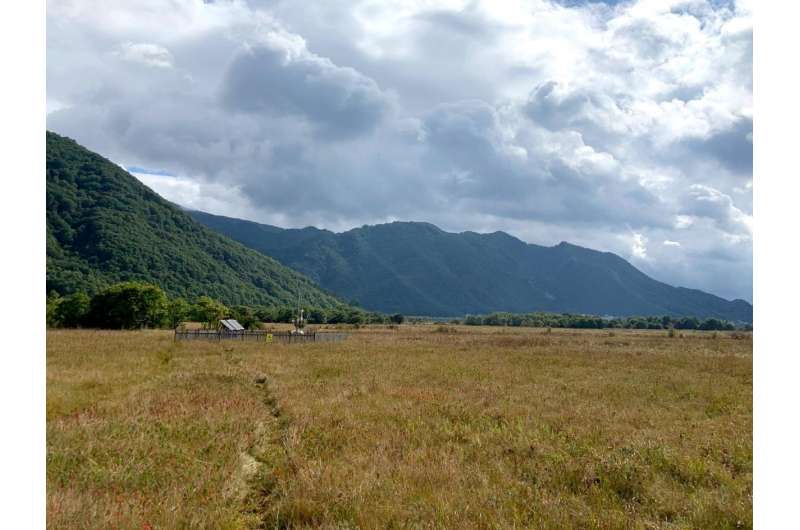

Wetland ecosystems are the most important and prolific natural methane (CH4) sources. CH4 is constantly flowing in and out of these regions (flux), and that flow periodically fluctuates. Methanogens (methane producers) and methanotrophs (methane consumers) are microorganisms that influence CH4 fluxes in wetlands. However, the mutual, or symbiotic relationship between methanogens and methanotrophs remains unclear. Biologists and atmospheric scientists see a critical opportunity to explore methanogen and methanotroph population co-occurrence patterns and their influences on natural CH4 fluxes.
Prof. Jiwen GE and his team members representing the Laboratory of Basin Hydrology and Wetland Eco-Restoration, the Wuhan/Hubei Key Laboratory of Wetland Evolution and Ecological Restoration, and the Wuhan/Institution of Ecology and Environmental Sciences, of the China University of Geosciences, Wuhan, studied the variables that influence seasonal variations between methanogenic and methanotrophic community influence on wetland CH4 emissions. Through biological (phylogenetic) network analysis, they identified a keystone species that plays a pivotal role in mediating CH4 fluxes. Their full study is now available in Advances in Atmospheric Sciences.
The team adapted an eddy covariance (EC) system used to study microclimatological gas exchange to analyze seasonal methane flux data. EC systems are capable of long-term (years or even decades) CH4 flux measurements without disturbing the surrounding environment. Then, they identified the keystone CH4 mediating microorganism species using phylogenetic molecular ecological networks (pMENs) analysis, which biologists typically use to determine a group of organisms’ evolutionary development and their features.
The researchers combined the methanogenic and methanotrophic pMENs to analyze how the functions of methanogenic and methanotrophic communities behave differently season-to-season. Along with pMENs, they used correlation analysis methods to demonstrate the interrelationships among several environmental factors, including methane metabolic microbials and CH4 fluxes.
The study provided substantial evidence that explains the seasonal patterns and microbial driving mechanisms of CH4 emissions in wetlands. These data are able to provide scientific support for wetlands management and sustainable, carbon neutral development near these biodiverse regions.
To prepare for future research, the team is calculating and analyzing methane fluxes over long-term periods (five years or more). However, deeper research involving metagenomic sequencing (multiple communities of organisms) is needed to analyze the impact of microbials on methane fluxes.
Methane emissions from northern lakes are higher during the daytime
Luwen Wang et al, The Synergism between Methanogens and Methanotrophs and the Nature of their Contributions to the Seasonal Variation of Methane Fluxes in a Wetland: The Case of Dajiuhu Subalpine Peatland, Advances in Atmospheric Sciences (2022). DOI: 10.1007/s00376-021-1255-z
Chinese Academy of Sciences
Citation:
Seasonal variations of methane consuming and methane producing microbial communities contribute to emissions (2022, May 13)
retrieved 13 May 2022
from https://phys.org/news/2022-05-seasonal-variations-methane-consuming-microbial.html
This document is subject to copyright. Apart from any fair dealing for the purpose of private study or research, no
part may be reproduced without the written permission. The content is provided for information purposes only.